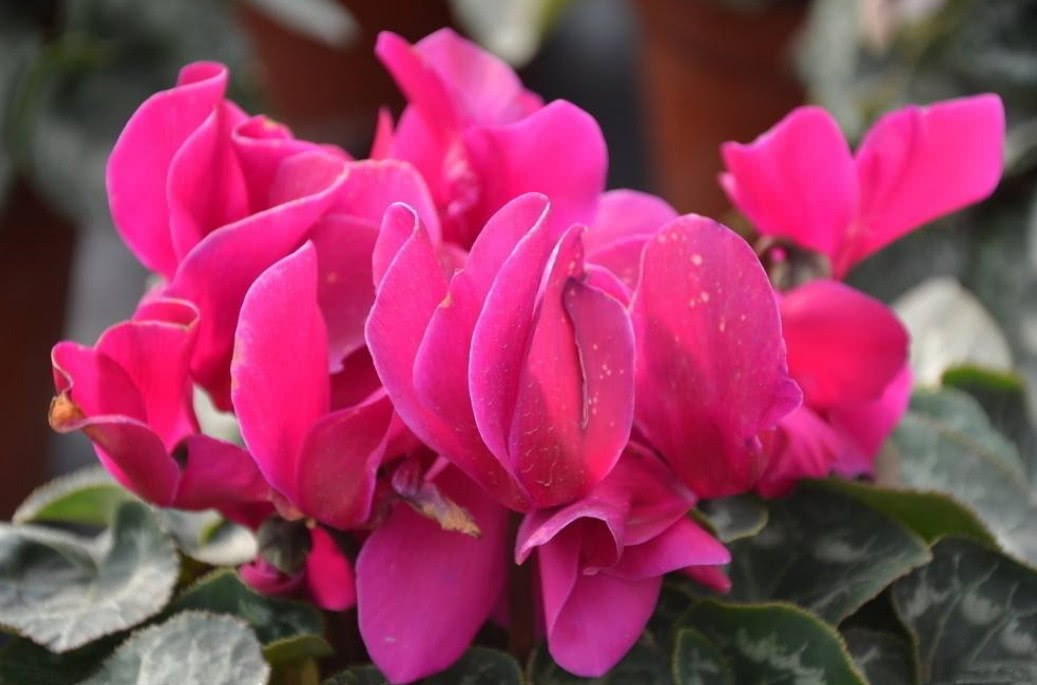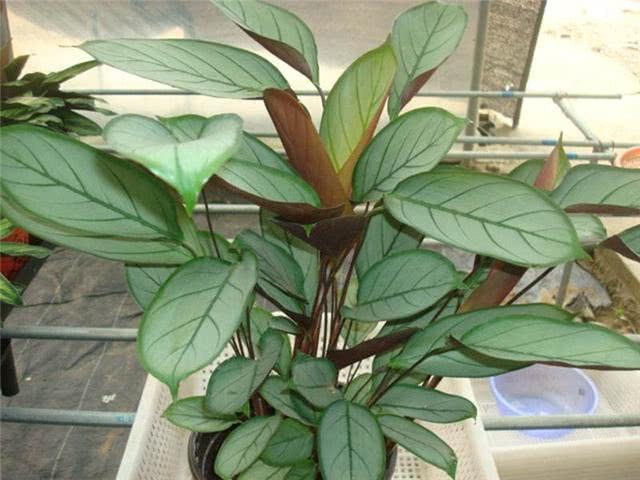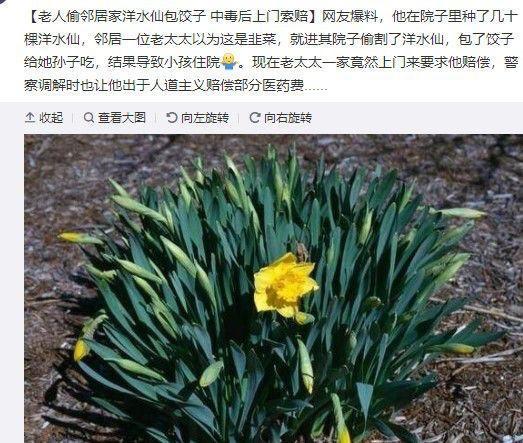With the arrival of autumn, cyclamen who is dormant in summer awakens to do a good job in these steps to maintain a flower reward in winter and spring.

For the winter and spring flowering plant cyclamen, after a summer dormancy, autumn culture management is particularly important. Due to the high temperature and discomfort in summer, many flower friends' cyclamen are not growing well, some even lose their leaves, and only the bulbs are still buried in the soil. If you want cyclamen to grow branches and leaves again and compound flowers in winter, the following breeding management should keep up.
First, the dormant bulbs of cyclamen in summer are poured with a little water to make the bulbs sprout again. After the new buds germinate, wait for the soil to dry, dig out the corms buried in the soil and check for decay. If the root system is healthy, wash the soil, cut off the over-long roots less than 2cm to 3cm, soak the corm in carbendazim solution for half an hour, dry and then replant the soil for cultivation. It is suggested to choose loose and fertile pine needle soil or rotten leaf soil with a small amount of garden soil and river sand to ensure its water permeability and air permeability.
Be sure to plant it shallowly when re-planting. It is recommended that the bulb should be exposed to 1/3 of the soil surface to prevent the corm from rotting when watering. After planting, do not flood irrigation, basin soil slightly wet and then according to the situation of plant germination, gradually increase watering and light. After the new leaves grow, they can be maintained normally.
Autumn is the peak growing season of cyclamen. It is necessary to keep the basin soil slightly wet and give adequate light and ventilation. Cyclamen does not like the strong direct light in summer, but when the temperature drops below 28 ℃ in autumn, let cyclamen bask in the sun as much as possible. Family farming can place it on a well-lit balcony or bedroom windowsill. Due to the reduction of watering and the cessation of fertilization in summer, it is suggested that the comprehensive compound fertilizer of nitrogen, phosphorus and potassium should be supplemented twice to make up for the lack of plant nutrients. After that, the application of nitrogen fertilizer can be strengthened, such as filling roots with diluted rotten soybean water or fruit peel enzymes to promote faster growth of branches and leaves.
Around November, cyclamen transformed from vegetative growth to reproductive growth, entered the period of flower bud differentiation, reduced nitrogen intake and increased application of phosphorus and potassium fertilizer. You can bury an appropriate amount of rotten chicken manure or crushed bone meal and fish meal around the basin in advance, which are good phosphate fertilizers. The plants can also be treated with mature organic liquid fertilizer such as alum fertilizer or fish intestine water every 10 days, combined with 1RU 1000 potassium dihydrogen phosphate solution for root irrigation and foliar spraying to promote cyclamen flower bud differentiation and bud formation.
Generally, adult cyclamen bulbs can bloom around December, and cyclamen flowers bloom step by step and last until May of the following year, which can be called a "flowering machine". Soaking pot method is recommended for cyclamen watering at flowering stage to prevent plant lodging during flood watering. Cyclamen flowers and leaves gather beauty, when in full bloom, the leaves are around, the flowers are in the center, the flowers are unique and dazzling, and have high ornamental value. Cyclamen also has a strong resistance to the toxic gas sulfur dioxide in the air, which is very suitable for indoor viewing.
- Prev

This is a great way to grow a beautiful garden.
Flying arrowroot leaves are very eye-catching, you can see every dark article on its leaves carefully, and it is very suitable for maintenance in the study, bedroom, public places and corridors, flower beds and other places, the leaves are green...
- Next

Mistakenly cut daffodils for leeks to make dumplings. Grandson ate it and almost made a tragedy.
Huahua recently read the news that an old lady secretly went to her neighbor's house to cut leeks and made dumplings for her little grandson to eat. as a result, the little grandson was poisoned and went to the hospital. It was only at this time that I knew that the old lady had not cut at all.
Related
- Wuhan Hospital Iron Tree Blooming Result Was Instantly Frightened by the Gardener Master
- Which variety of camellia is the most fragrant and best? Which one do you like best?
- What is the small blue coat, the breeding methods and matters needing attention of the succulent plant
- Dormancy time and maintenance management of succulent plants during dormancy
- Minas succulent how to raise, Minas succulent plant pictures
- What are the varieties of winter succulent plants
- How to raise succulent plants in twelve rolls? let's take a look at some experience of breeding twelve rolls.
- Attention should be paid to water control for succulent plants during dormant period (winter and summer)
- Watering experience of twelve rolls of succulent plants
- Techniques for fertilizing succulent plants. An article will let you know how to fertilize succulent plants.

